Way back when, our ancestors started the concept of “branding” when they burned an identifying mark onto their cattle so they could easily pick them out of a herd. Today, branding has evolved far beyond simply identifying a product, and is more about creating psychological connections between purchasers and products.
Consumer products are often what comes to mind first when we think about branding. Cereal, soft drinks, consumer electronics – it’s easy to picture the colorful packaging, complete with graphics, or even cartoons, that attracts the eye and the hand. This kind of branding tells a simple story. Look at me! Buy me! I’m fun – or I’m tasty – or something similar, with the goal to spark a quick contact and a speedy transaction.
Products that are sold to other businesses – B2B products and solutions – need a brand, and a story, too. But the complex nature of many of the products sold in technology and healthcare, along with the complexity of the purchase process, means that marketing these products requires a lot more than a colorful logo.
Let’s look at the 4 key differences between branding for products sold by businesses to consumers (B2C), and products sold by businesses to other businesses (B2B):
- Marketing to one person vs. marketing to a team. Consumer products are marketed to a single person – an individual looking at products on a shelf, or in an online catalogue. B2B products, on the other hand, are marketed to a decision-making unit.
- Marketing to emotion vs. marketing to analysis and review. B2C marketing is easier – the emotional reward of using the product, say a brand of soft drink, is almost more important that the product itself. B2B marketing has to be a lot more strategic.
- Marketing to catch the eye vs. marketing to capture the mind. For B2C products, logos and colors do their hardest work on the store shelf. In the B2B sphere, brands and colors and logos have a lot more work to do.
- Marketing that starts with the visual vs. marketing that finishes with the visual. With B2C marketing, the visual comes first, then the story. For B2B, you need to approach things in reverse, and develop your story first.
This blogpost is the first in a series on Branding and Positioning. Stay tuned for more on this topic.
To read more about the 4 key differences between B2C and B2B branding and positioning, click the banner below:




